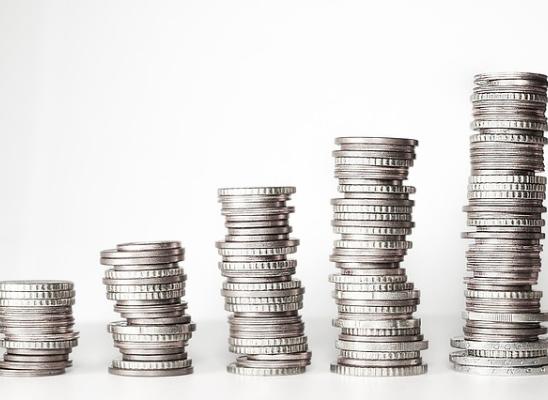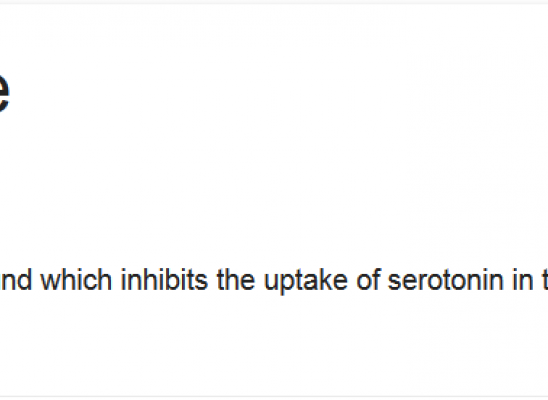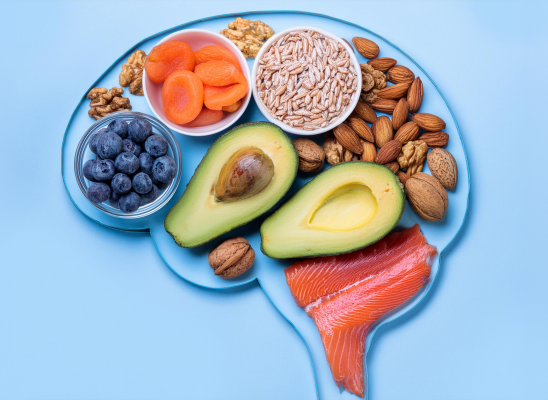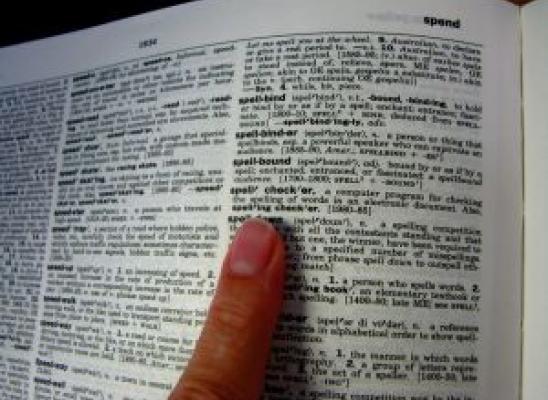Why Winter Can Worsen Hair Pulling: Managing Trichotillomania During Seasonal Changes
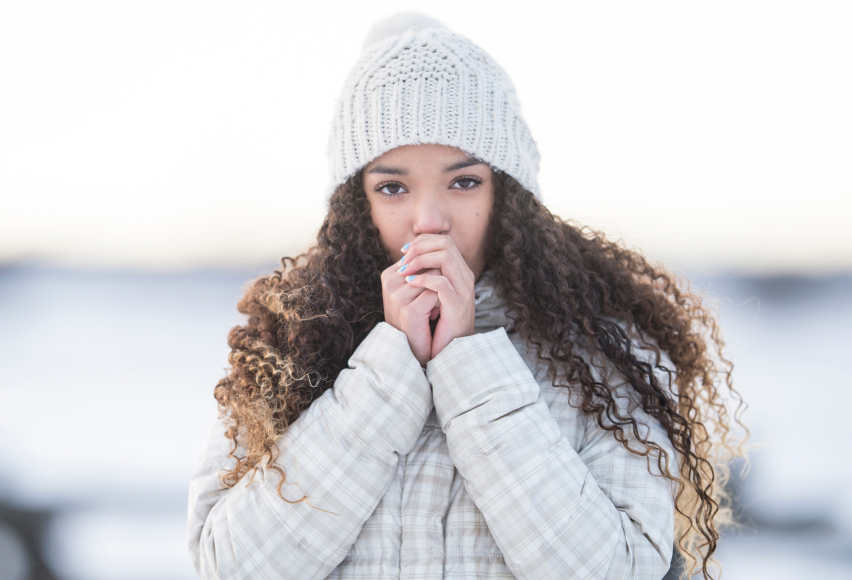
Online test
Find out the severity of your symptoms with this free online test
There’s a chill in the air and the days are growing shorter. It’s a sure sign that the lazy days of summer are behind us and Fall has arrived. For some, it’s not a welcome change.
As the days grow shorter and temperatures begin to drop, many people experience changes in mood and behavior, sometimes called the “winter blues”. For people living with trichotillomania (commonly known as trich), this time of year can be especially bothersome, triggering an increase in pulling and sometimes mood changes too.
You may have noticed an increase in your hair pulling during this time of year. What’s behind this seasonal change in hair pulling? What can you do to manage it? Let’s take a closer look.
The Link Between Seasonal Changes and Hair Pulling
While seasonal changes don’t cause trich, there are several reasons why colder weather and shorter days might exacerbate trich symptoms:
- Seasonal Affective Disorder (SAD): Depression frequently co-occurs with trich. Seasonal Affective Disorder (SAD) is a type of depression that occurs with the change of seasons, most often with the transition to fall and winter. SAD is thought to be caused by the seasonal reduction in sunlight, in turn disrupting the body's internal clock, and leading to feelings of lethargy, low mood, and increased anxiety. These emotional states have been identified as triggers for hair pulling behavior. While the link between SAD and trich is not entirely clear, there is research suggesting a connection between seasonal changes and obsessive compulsive disorders as well as other mental health disorders.
- More Time Indoors: Colder weather means more time spent indoors, where boredom and restlessness can set in. People with trich often cite feeling bored or restless as triggers to pulling. Add to that dry skin, and wearing of hats and staticky hair, physical sensations like that may trigger the urge to pull.
- Changes in Routine: The changing weather can disrupt established routines, resulting in more stress and anxiety. It may be harder to connect with your supportive friends and family or engage in those healthy habits that help you manage your stressors and urges to pull.
- Reduced Physical Activity: Shorter days and colder weather can mean less opportunity for outdoor time and exercise. Physical activity plays a significant role in mental health, and reduced exercise can result in elevated stress levels that might trigger an increase in hair pulling.
Tips for Managing Your Trich the Cold Sets In
Cold weather doesn’t have to mean more hair pulling. You can combat the impact of seasonal changes with a few effective strategies:
1. Develop a Routine
Seasonal changes can throw your daily rhythm off. By creating a routine, you can help keep your body in a routine that supports healthy habits.
- Set consistent sleep and wake times to regulate your circadian rhythm.
- Schedule time for self-care practices, such as journaling, mindfulness, or activities that you enjoy.
2. Consider Light Therapy
If you find your mood is lower in the colder months, consider light therapy. Light therapy is one of the most commonly recommended treatments for SAD. It involves sitting in front of a lightbox that mimics natural sunlight for a few minutes each morning. It can help boost your mood, regulate your sleep-wake cycle, and reduce the lethargy associated with SAD. There is some research suggesting that light therapy may also be helpful in managing trich.
Of course, you want to discuss any changes in mood or therapies with your healthcare provider.
3. Stay Physically Active
Although colder weather may discourage outdoor activities, it’s important to find alternative ways to stay active:
- Indoor workouts: Try stretching, yoga, Pilates, or online fitness classes.
- Outdoor exercise: When possible, get outside in the sunlight during the warmer parts of the day.
Even a few minutes of physical activity each day can make a significant difference in how you manage stress.
4. Find a Hobby
For many people who pull, idle hands can lead to increased hair-pulling behaviors. Engaging in hands-on activities that require focus can be an excellent distraction from hair-pulling urges.
- Try knitting, crocheting, or coloring
- Experiment with tactile objects like stress balls or fidget toys to provide sensory stimulation.
5. Prioritize Your Mental Health
While mental health is important year round, seasonal changes can present a challenge for some people. If you’re struggling, reach out for support. Therapy, whether in-person or virtual, can provide you with the tools to manage both trich and SAD symptoms effectively.
- Cognitive Behavioral Therapy (CBT) can help you identify triggers and develop healthy coping strategies.
- Mindfulness and relaxation techniques can reduce anxiety and stress, which are common triggers for hair-pulling behavior.
6. Protect Your Skin and Scalp
The physical sensations related to dry skin and scalp can be a trigger to pull for some people. Take care to keep your skin and hair hydrated and moisturized if dryness is an issue for you.
- Use a hydrating shampoo and conditioner to keep your scalp healthy.
- Apply a soothing lotion or scalp treatment if you experience dryness or itchiness.
- Wear hats, scarves, or headbands to physically block access to your hair and reduce unconscious pulling.
The colder weather and shorter days can make managing trich more challenging, especially if you also deal with SAD. However, by understanding the link between seasonal changes and hair-pulling behavior, and implementing actionable strategies, you can effectively manage symptoms and maintain a sense of control during the colder months.
References
1. Seasonal affective disorder (Seasonal depression). (n.d.). Cleveland Clinic. https://my.clevelandclinic.org/health/diseases/9293-seasonal-depression
2. Feldman-Naim, S., & Rosenthal, N. E. (2021, February 4). A case of seasonal trichotillomania. Psychiatrist.com. https://www.psychiatrist.com/jcp/case-seasonal-trichotillomania/
3. Sinha P, Bakhla AK, Patnaik AK, Chaudhury S. Seasonal obsessive-compulsive disorder. Ind Psychiatry J. 2014 Jul-Dec;23(2):160-2. https://pmc.ncbi.nlm.nih.gov/articles/PMC4361980/
4. Bottesi, G., Cerea, S., Ouimet, A. J., Sica, C., & Ghisi, M. (2016). Affective correlates of trichotillomania across the pulling cycle: Findings from an Italian sample of self-identified hair pullers. Psychiatry Research, 246, 606-611. https://www.sciencedirect.com/science/article/abs/pii/S0165178116305819
5. Wetterneck, C., Singh, R. S., & Woods, D. W. (2020). Hair pulling antecedents in trichotillomania: Their relationship with experiential avoidance. Bulletin of the Menninger Clinic, 84(1), 35-52. https://doi.org/10.1521/bumc_2020_84_01
6. Investigating the effectiveness of treatments used in trichotillomania. (2016). Journal of the American Academy of Dermatology, 74(5), AB136. https://doi.org/10.1016/j.jaad.2016.02.536
7. 50 ways to stop pulling your hair. (2024, October 15). TLC Foundation for Body-Focused Repetitive Behaviors | BFRB. https://www.bfrb.org/articles/50-ways-to-stop-pulling-your-hair
Online test
Find out the severity of your symptoms with this free online test
Start your journey with TrichStop
Take control of your life and find freedom from hair pulling through professional therapy and evidence-based behavioral techniques.
Start Now
